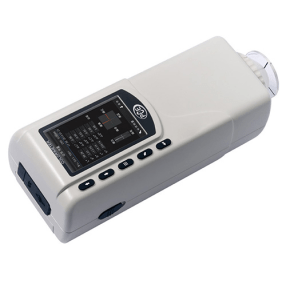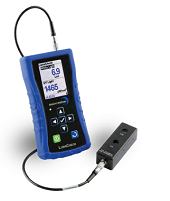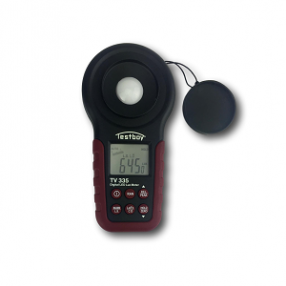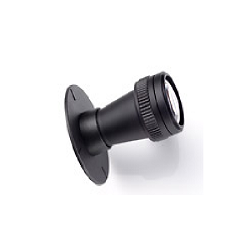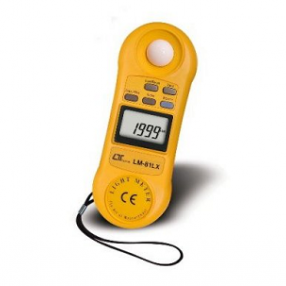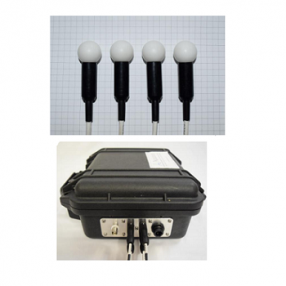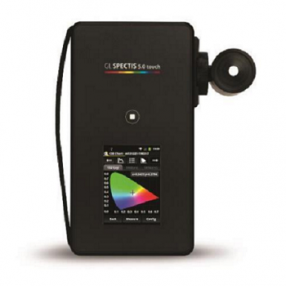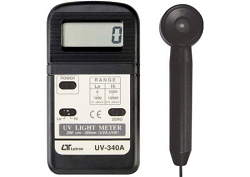Light Meters
$849.50
AUD + GST
$934.45
AUD Inc. GST
Lightmeter (Lux) with Detachable & Rotatable Sensor - IC-CENTER530
Product code: IC-CENTER530
$170.00
AUD + GST
$187.00
AUD Inc. GST
Light, Sound, Anemometer, RH, Temp, Type K Thermocouple input - LM8102
Product code: LM8102
$379.20
AUD + GST
$417.12
AUD Inc. GST
$109.90
AUD + GST
$120.89
AUD Inc. GST
$289.00
AUD + GST
$317.90
AUD Inc. GST
$509.30
AUD + GST
$560.23
AUD Inc. GST
$249.90
AUD + GST
$274.89
AUD Inc. GST
$849.10
AUD + GST
$934.01
AUD Inc. GST
$1,071.00
AUD + GST
$1,178.10
AUD Inc. GST
$1,329.30
AUD + GST
$1,462.23
AUD Inc. GST
$239.70
AUD + GST
$263.67
AUD Inc. GST
$1,369.30
AUD + GST
$1,506.23
AUD Inc. GST
$69.05
AUD + GST
$75.96
AUD Inc. GST
$259.70
AUD + GST
$285.67
AUD Inc. GST
$239.50
AUD + GST
$263.45
AUD Inc. GST
$199.09
AUD + GST
$219.00
AUD Inc. GST
$249.40
AUD + GST
$274.34
AUD Inc. GST
$279.70
AUD + GST
$307.67
AUD Inc. GST
$569.40
AUD + GST
$626.34
AUD Inc. GST
$1,019.60
AUD + GST
$1,121.56
AUD Inc. GST
$239.00
AUD + GST
$262.90
AUD Inc. GST
$519.40
AUD + GST
$571.34
AUD Inc. GST
$2,689.10
AUD + GST
$2,958.01
AUD Inc. GST
$221.00
AUD + GST
$243.10
AUD Inc. GST
$289.20
AUD + GST
$318.12
AUD Inc. GST
$159.70
AUD + GST
$175.67
AUD Inc. GST
$219.60
AUD + GST
$241.56
AUD Inc. GST
$2,709.30
AUD + GST
$2,980.23
AUD Inc. GST

